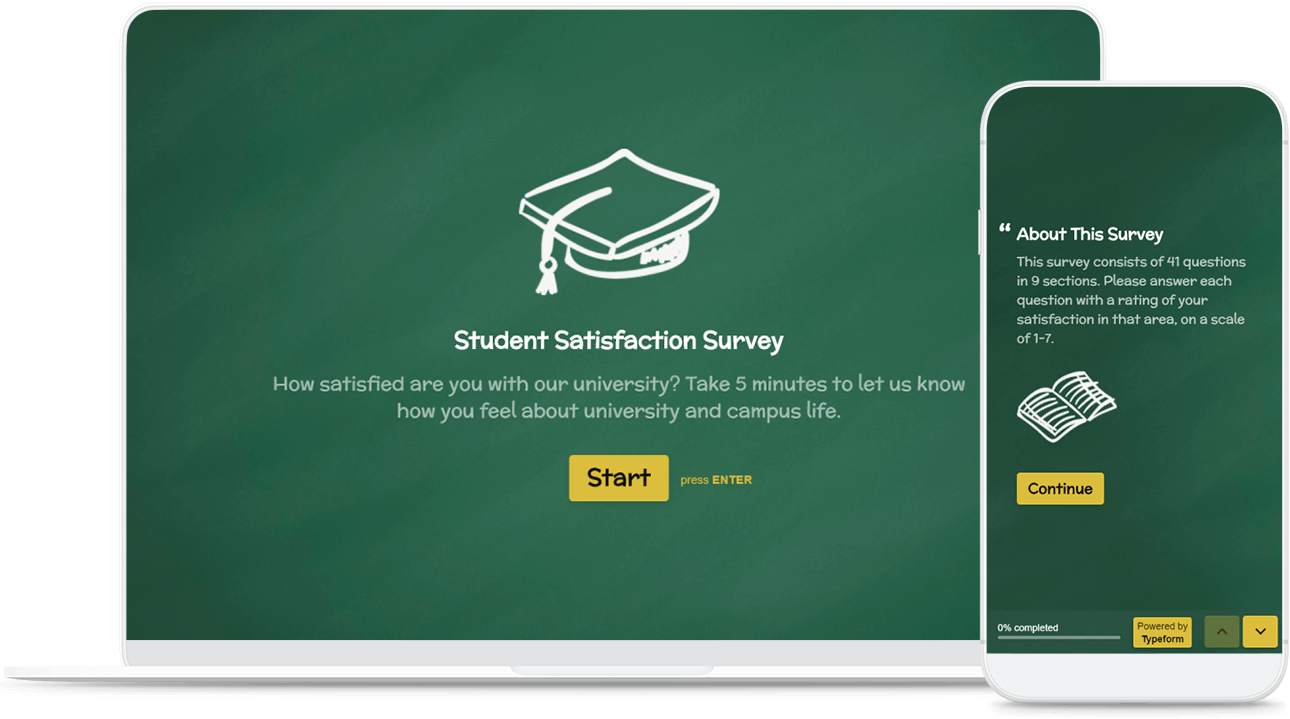Our Services

NAAC releases Guidelines, Questionnaire for Student Satisfaction Survey, makes it critical element in Accreditation
In the year 2017, NATIONAL ASSESSMENT AND ACCREDITATION COUNCIL
(NAAC), an autonomous body established by UGC to assess and accredit
institutions and the grade the Institute had revised its assessment and
accreditation process. One of the major features of this revised process was
seeking response / feedback from the students about the information submitted
by the Institutes and then giving weightage to the student’s response. Now NAAC
has released detailed guidelines and also the questionnaire relating to the
student satisfaction survey.
In this Survey during the process of Accreditation, students
would be required to Questions, which would vary from specific teaching skills
of the teacher, to his overall approach to the educational process. Specific
skills of the teacher like, subject knowledge, communication skills, class
preparation, Fairness of the internal evaluation process and use of ICT tools
are part of the questionnaire. The overall approach of the teacher and
institution with respect to providing the right environment, opportunity for
growth, motivation, interpersonal relationships, feedback etc. forms the second
major component of the questionnaire.
There are twenty objective questions in the questionnaire and
one open ended question, question is open ended to elicit observations and
suggestions for improvements providing an opportunity to the student to give
suggestions and criticisms in their own words. Students will respond on a scale
of 4 to 0, with the most positive response rated as 4 and most negative
response rated as 0. The mean score for each question will be calculated and
the overall mean will be arrived at. This figure will range from 4 to 0 and
will give the mean satisfaction level of the students for the particular
institute.
The institution is supposed to send a list of total student
strength, with details of their student ID number, Aadhaar ID number (Any other
Valid ID No. in the absence of Aadhaar), degree programme, email id and mobile
number. NAAC will send online link to the survey to the email address/mobile no
of the student, and the student will have to fill the survey before a
stipulated date.
Curiously, for the purpose of conducting survey, a stratified
random sample of students will be chosen. Response rate below 10% will not be
considered. In sample, students would be spread evenly across different
classes, year of enrolment and gender as far as possible.
The survey analysis score will be used as a key component of
accreditation. The institution, teachers; have been warned by NAAC not to
influence the students with respect to the survey and ensure that the process
is genuine feedback for the institute.
EduLegaL View:
Globally, Student Satisfaction Survey (SSS) is administered
annually to determine all students’ level of satisfaction with various student
support areas and services. In India, though it has been done at informal
level, this is the first time that it has been made part of accreditation
process and also being given pre-determined weightage. This also is a great
attempt to give voice to the students, the important stakeholder in the system.
I have my huge doubts on the methodology of the sampling and
response rate of 10 % and above to be adequate for benchmarking the Institute.
This size of sampling is never going to give accurate data and will eventually
not support the manifestation of this idea.
Further, if it is to be done during the accreditation, then it
means it will miss many batches of 2 years course, and thus missing a
substantial size of stakeholders. To bring more consistency and meaning into
this process, it should be conducted annually. But it should also not become a
strategic tool in the hands of the students.
Ravi Bhardwaj | www.edulaws.com | www.edulegal.org | ravibhardwaj@gmail.com
||EduLegaL View:
In the year 2017, NATIONAL ASSESSMENT AND
ACCREDITATION COUNCIL (NAAC), an autonomous body established by UGC to assess
and accredit institutions and the grade the Institute had revised its
assessment and accreditation process.






